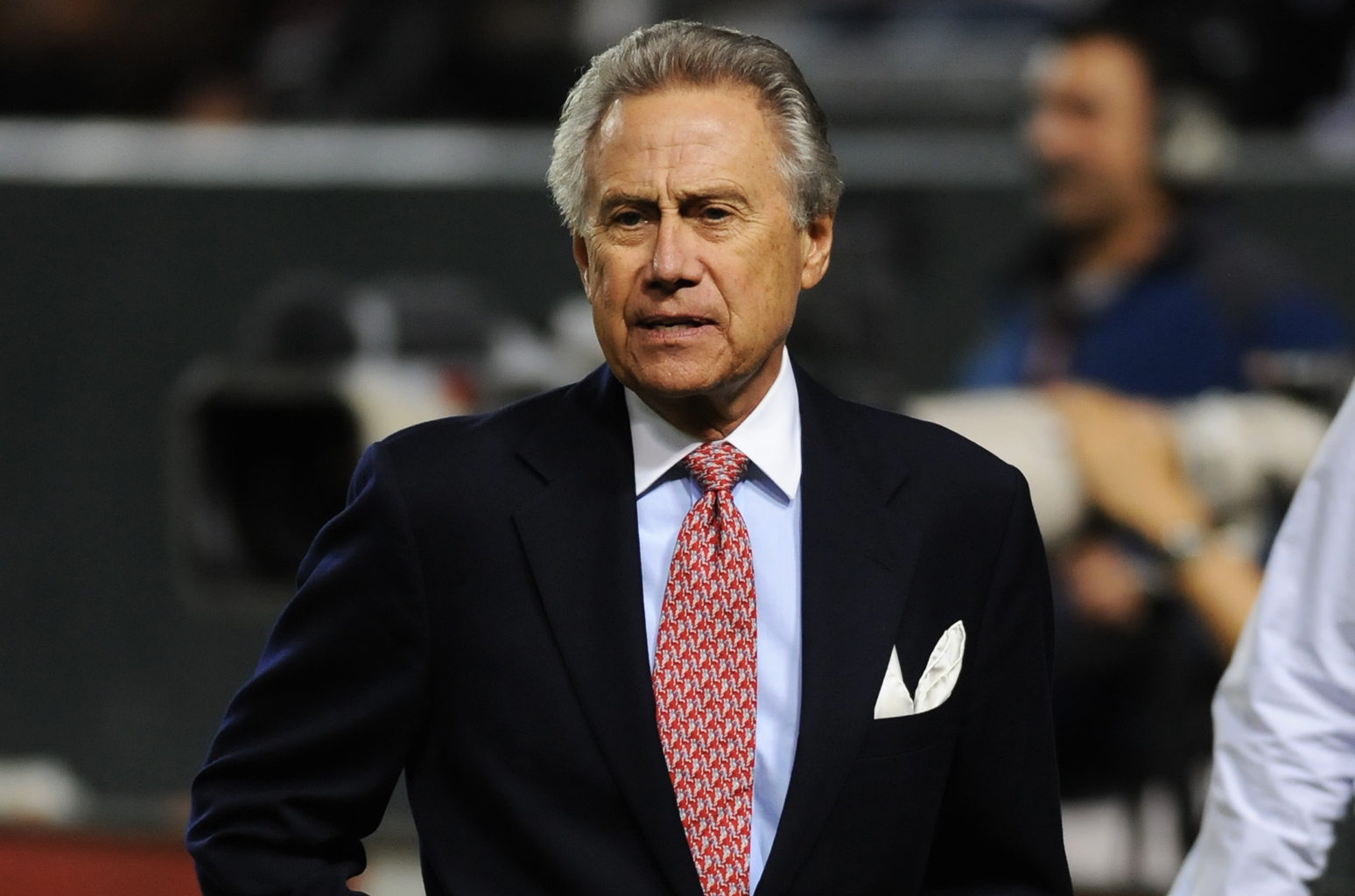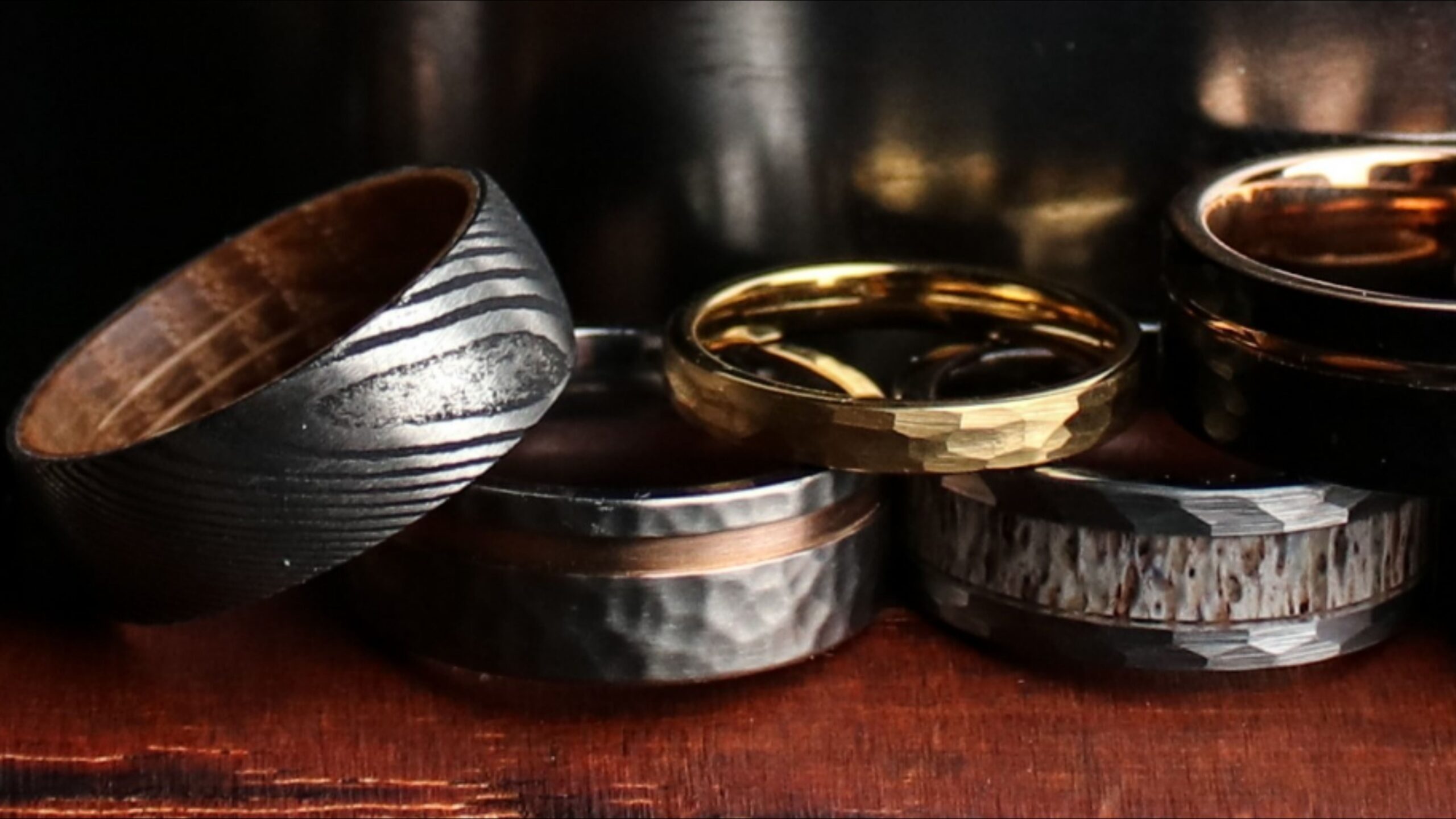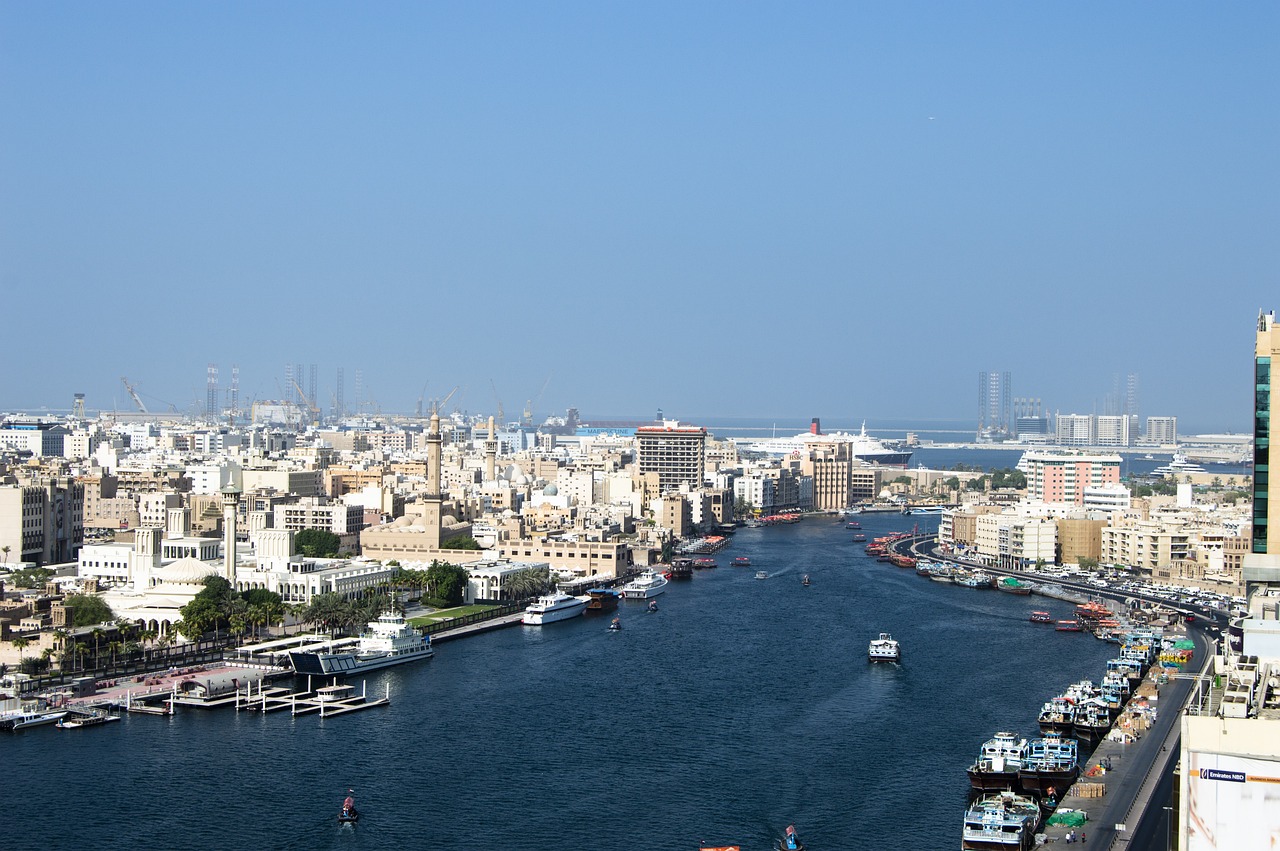Ear Surgery 101: Understanding Otoplasty and What to Expect
Looking for otoplasty in London? Discover the procedure, recovery timeline, and long-term results of ear reshaping for a balanced and natural appearance.

Many people, especially those with prominent ears, may feel self-conscious about their appearance. Otoplasty offers a permanent solution, helping individuals achieve a look that enhances their facial harmony. Here’s a guide to the otoplasty procedure, its recovery timeline, and the expected long-term results of ear reshaping.
What Is Otoplasty?
Otoplasty is a surgical procedure that alters the shape, position, or size of the ears. It is often performed on individuals who have prominent or misshapen ears due to genetics, injury, or previous surgeries. The primary goal is to create a natural-looking ear shape that complements overall facial features.
Common Reasons for Otoplasty
People undergo otoplasty for various reasons, including:
1. Protruding Ears: Ears that stick out significantly from the head can cause self-consciousness, especially in children. Otoplasty can pin them back to a more natural position.
2. Misshapen or Asymmetrical Ears: Uneven ear shapes may be congenital or result from injury. Surgery helps create a more symmetrical look.
3. Microtia: A congenital disability where one or both ears are underdeveloped or missing. Otoplasty can reconstruct the ear using cartilage from the patient’s body or a synthetic implant.
4. Macrotia: A condition where the ears are disproportionately large compared to the head. Otoplasty can reduce their size for a balanced appearance.
5. Earlobe Repairs: Stretched or torn earlobes due to trauma or heavy piercings can be corrected through this procedure.
Who Is a Good Candidate for Otoplasty?
Otoplasty is suitable for both children and adults. Ideal candidates include:
● Children aged five and older: At this age, the ears have fully developed, and early correction can prevent teasing or bullying.
● Teenagers and adults: The procedure can benefit those who are unhappy with their ear shape, size, or position.
● Individuals in good health: Patients should not have any serious medical conditions that could interfere with healing.
● People with realistic expectations: Understanding the potential results and limitations of surgery is essential.
The Otoplasty Procedure
Otoplasty is typically performed as an outpatient procedure under local or general anaesthesia, depending on the patient’s age and the complexity of the surgery. The entire process usually takes one to two hours.
Step-by-Step Process
1. Consultation and Planning
○ A board-certified plastic surgeon evaluates the patient’s ears and discusses their goals.
○ Digital imaging or sketches may be used to show potential results.
○ A customised treatment plan is developed.
2. Anesthesia
○ Local anaesthesia with sedation (for adults) or general anaesthesia (for children) ensures a comfortable experience.
3. Incision and Reshaping
○ The surgeon makes small incisions behind the ear or within natural ear folds.
○ Cartilage is reshaped, removed, or repositioned to achieve the desired look.
○ In some cases, permanent sutures are placed inside the ear to hold its new shape.
4. Closure and Dressing
○ The incisions are closed with sutures, leaving minimal scars.
○ A protective bandage is applied to support healing and protect the ears from accidental movement.
Recovery Timeline and Aftercare
Recovery from otoplasty is relatively smooth, but proper aftercare is required to ensure the best results. While individual recovery times may vary, most patients resume normal activities within a few weeks.
Immediate Post-Surgery Care (First Week)
● Patients may experience mild discomfort, swelling, and bruising, which can be managed with prescribed pain medications.
● For the first few days, a headband or bandage must be worn to protect the ears and maintain their new shape.
● Sleeping with the head elevated can help reduce swelling and discomfort.
● Avoid touching, bending, or putting pressure on the ears.
Weeks 2-4
● Stitches are typically removed within 7 to 10 days if they are not dissolvable.
● Swelling and bruising gradually subside, revealing the new ear shape.
● Most people return to work or school after one to two weeks, but strenuous activities should still be avoided.
● A soft headband may still be worn at night for added protection, especially while sleeping.
Long-Term Healing (1-6 Months)
● By the third month, ears settle into their final shape, and any residual swelling is minimal.
● Patients can resume all physical activities, including sports, after six weeks.
● Full recovery is typically achieved within six months.
Expected Results and Longevity
The results of otoplasty are usually long-lasting and permanent. Since the procedure reshapes the ear cartilage, the new position and contour remain stable over time.
Benefits of Otoplasty
● More Balanced Appearance: The ears appear proportionate and symmetrical, enhancing overall facial harmony.
● Boosted Confidence: Many patients, especially children, experience improved self-esteem after surgery.
● Minimal Scarring: Since incisions are made behind the ears, scars are well-hidden and fade over time.
● Permanent Results: Once healed, the new ear shape remains unchanged for life.

For those considering otoplasty, London Private Hospital offers a personalised and comprehensive approach to cosmetic ear surgery, including ear pinning and reshaping. Their expert team of cosmetic surgeons in London ensures that each procedure is tailored to meet individual aesthetic goals, delivering natural and harmonious results. Beyond otoplasty, the hospital also specialises in a wide range of procedures, such as blepharoplasty, chin liposuction, lipedema surgery, and facelift, providing patients with various options to enhance their beauty.
Contact them and book a free consultation to begin your transformative journey.
About the Author
Mr Giuseppe Fiore is an experienced aesthetic surgeon with a Master’s degree in Aesthetic Surgery from Milan. He specializes in VASER® liposuction, fat transfer procedures, and non-surgical facial rejuvenation.
What's Your Reaction?



















.jpg)